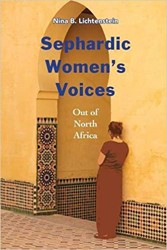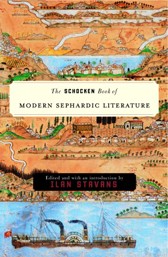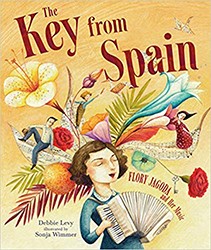Though overall an excellent work, a few sections of Sautter’s analysis slip from helpful explanation to conjecture stretched a bit too far. Readers will nevertheless appreciate the attention to detail and creative thinking that makes this book exceptional.
The Miriam Tradition is primarily intended for academic audiences. Readers will benefit from familiarity with well-known authors such as Rachel Adler, Judith Plaskow, Tikva Frymer-Kensky, and Carol Meyers as they read Sautter’s important contribution to this field. Bibliography, index, notes.




